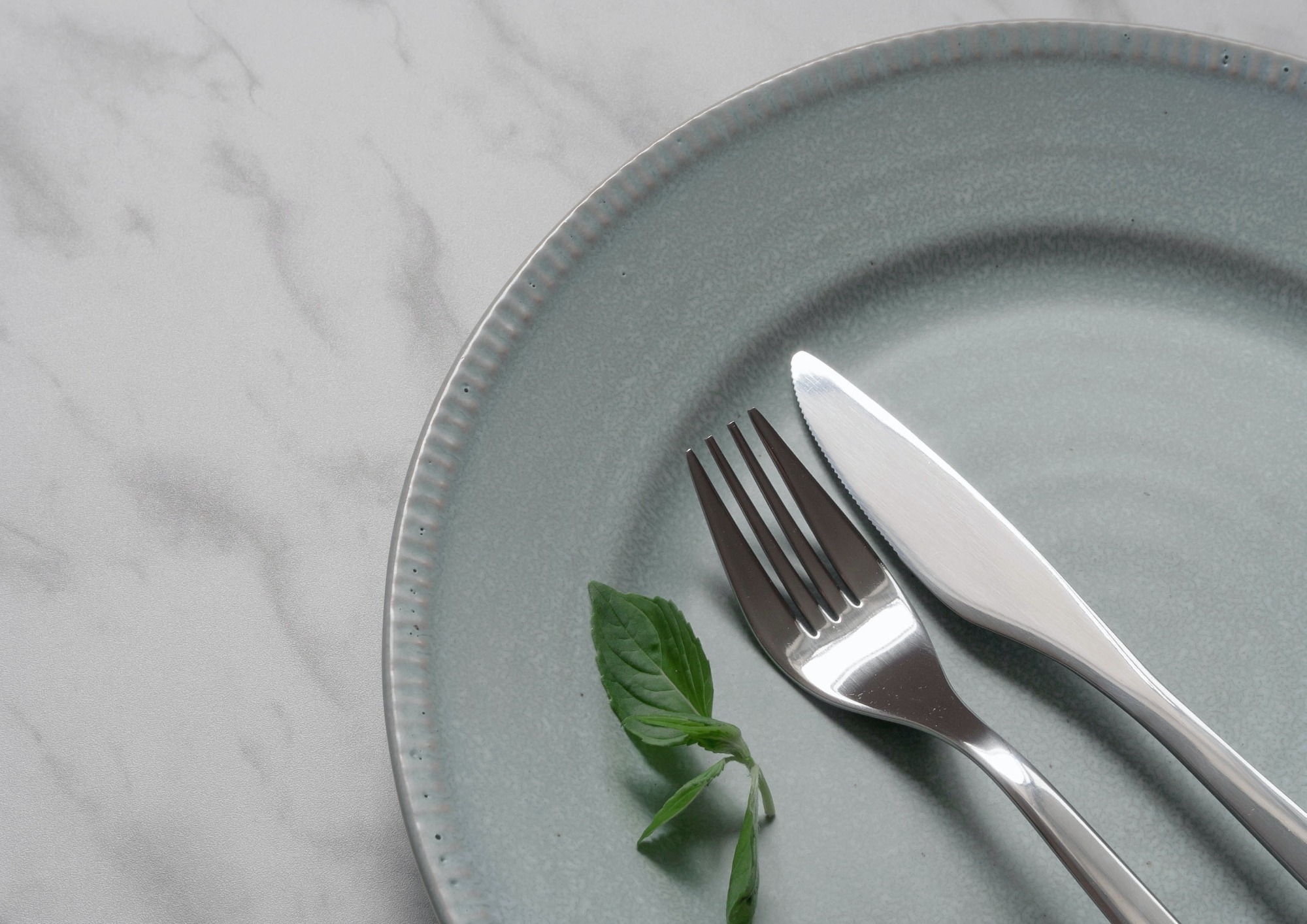 Stainless steel is prone to tarnishing and watermarks, so polish your steel items regularly to restore their shine. You can polish the surface of stainless steel using water, non-toxic cleaners like vinegar or olive oil, or a professional steel cleaner. Polishing stainless steel the right way will help you thoroughly clean the appliance and avoid scratching it further. Choose which method is best for the object and start polishing your stainless steel item.
1. Polishing with Vinegar
Stainless steel is prone to tarnishing and watermarks, so polish your steel items regularly to restore their shine. You can polish the surface of stainless steel using water, non-toxic cleaners like vinegar or olive oil, or a professional steel cleaner. Polishing stainless steel the right way will help you thoroughly clean the appliance and avoid scratching it further. Choose which method is best for the object and start polishing your stainless steel item.
1. Polishing with Vinegar
(1)Choose vinegar. Certain vinegar can work better than others. White and cider vinegar work similarly on stainless steel, but cider vinegar leaves a more pleasant smell.[1] Use what you have on hand. Cleaning vinegar is best for tough stains thanks to its higher acidity. If your appliance is heavily tarnished, purchase cleaning vinegar.
(2)Check the direction of the grain. Like wood, stainless steel has a grain that will run either vertically or horizontally. Wiping the steel down in the direction of the grain will help you reach the small grooves where dirt or grime can get trapped.[2]
(3)Spray your steel liberally with vinegar. Pour the vinegar in a spray bottle to lightly coat the stainless steel in vinegar. Then, spray the vinegar over the item until the item is thinly covered in vinegar. If you do not want to use a spray bottle, you can moisten a cloth in vinegar and evenly rub the item.
*For light polishing, dilute the vinegar with water (1/2 cup of vinegar for every quart of warm water).Polish with undiluted vinegar on items with heavy staining.
(4)Wipe the steel down with a soft cloth. Using either a soft cloth or paper towel, wipe the vinegar off in the direction of the grain. This will remove debris from the item and restore its shine. Remember to wipe in the direction of the grain. You don't want vinegar to stay caught in the grooves and cause your steel to fade over time.
*Paper towels can leave behind fibers or break off into small pieces. A washcloth will polish the stainless steel best.
2. Polishing with Olive Oil
(1)Coat the stainless steel in olive oil. Before you begin buffing the object, coat the entire surface of the object in olive oil. Continue wiping the object until you can see a light sheen across the surface. If one patch is more heavily coated than another, spread the patch around evenly.
(2)Apply firm, steady pressure to the surface in circular motions. While you're applying pressure to the object, you will use the same cloth that you applied the olive oil with. Use considerable pressure to work the olive oil into the grooves. Continue working the olive oil in for several minutes until you have moved over the entire object.
*Again, check the direction of the grain before you wipe the oil off. Applying pressure against the grain can dull stainless steel if olive oil remains trapped in the grooves.
(3)Use a clean cloth or paper towel to remove excess oil. If you allow the oil to sit on the stainless steel, it can dull the metal instead of polish it. Using a clean, soft cloth, wipe the object down until dry.
*After you have finished wiping down the object, lightly touch it. If it still feels oily, continue wiping. Use your cloth to wipe off the fingerprints after you have touched it.
3. Polishing with Professional Cleaners
(1)Choose a non-waxy steel polish. Waxy polishes leave behind a film, which can gradually dull your stainless steel over time. For best results, use a non-waxy polish with an abrasive component.
*You can get stainless steel polishes at most grocery stores in the cleaning aisle. Ask a store employee if you need help locating them.
(2)Choose an oil-based cleaner or water-based cleaner. Water-based cleaners will not remove smudges or fingerprints from stainless steel. For the best polish, use an oil-based cleaner. Water-based cleaners, however, are healthier for the environment, usually less flammable, and less toxic. Decide which benefit is more appealing to you.
(3)Find a well-ventilated area to polish your item. Some professional cleaners can emit fumes that are dangerous to inhale in small spaces. Polish your stainless steel near a window or outside to avoid lightheadedness. Open any windows and doors before you begin cleaning, and never use professional cleaners in enclosed rooms.
*If you feel lightheaded, nauseated, or otherwise ill, leave the room immediately and contact poison control. Keep the product label nearby if possible to give the poison control specialists information.
(4)Spray the cleaner over the object until it is coated in the cleaner. Wear rubber gloves while you spray to avoid getting the stainless steel cleaner on your hands.
*Refer to the cleaner label for specific directions and warnings.
(5)Wipe the object down in the direction of the grain. Use a dry microfiber cloth to wipe down your appliance. After you have finished wiping down the object, your object is ready to use. Clean your stainless steel as part of your daily cleaning routine (or after use) to avoid grime buildup until you polish again. 